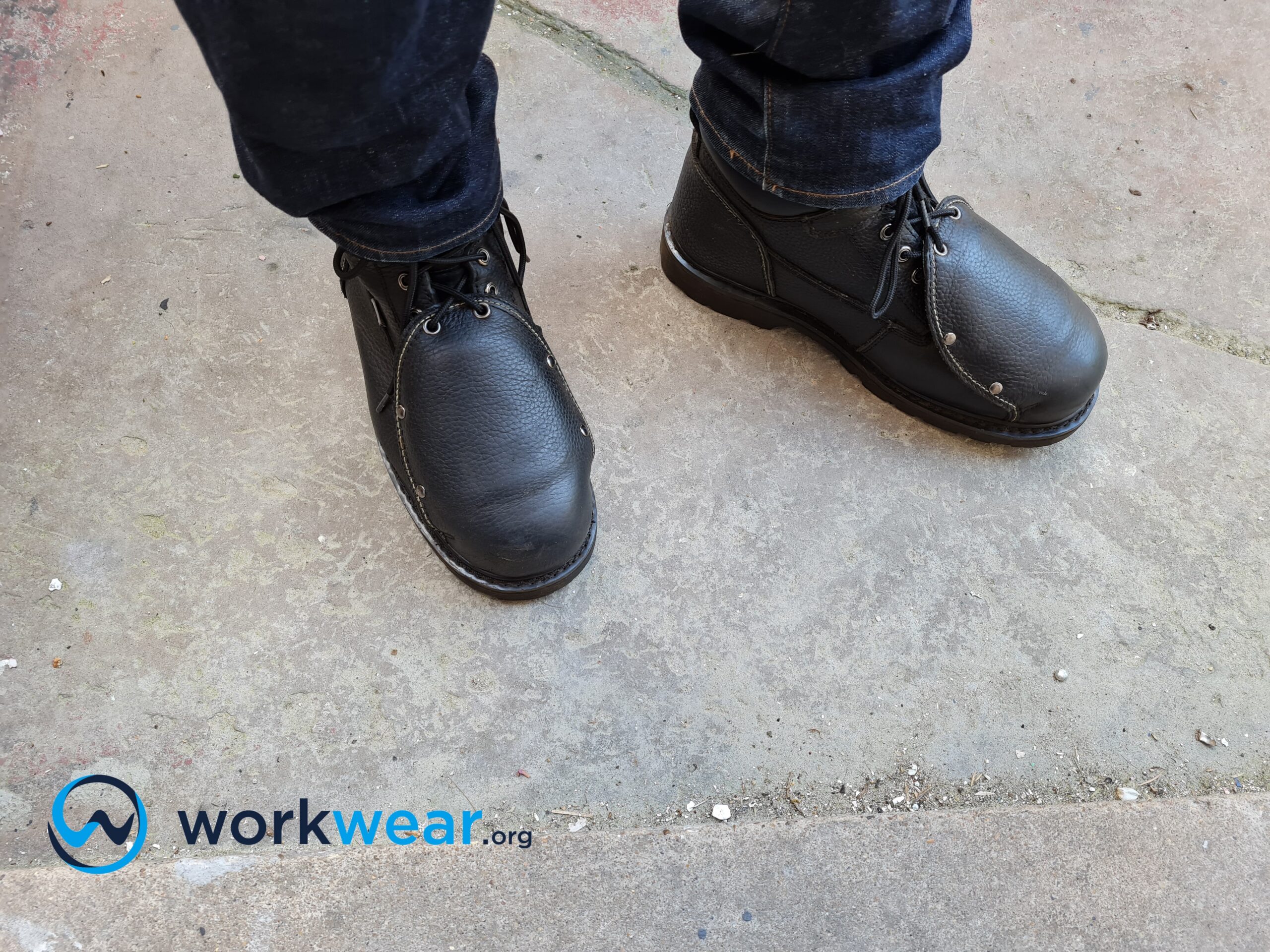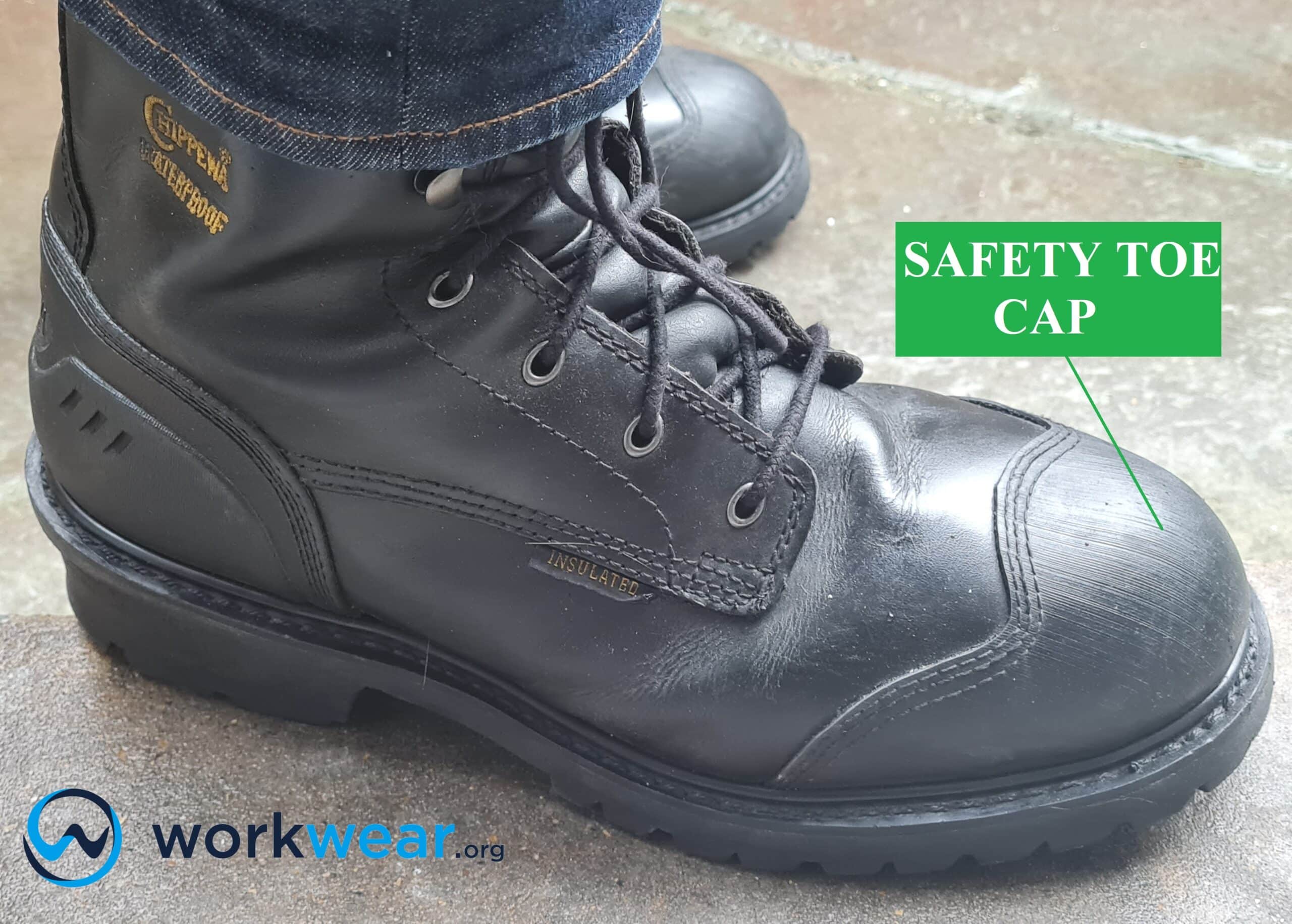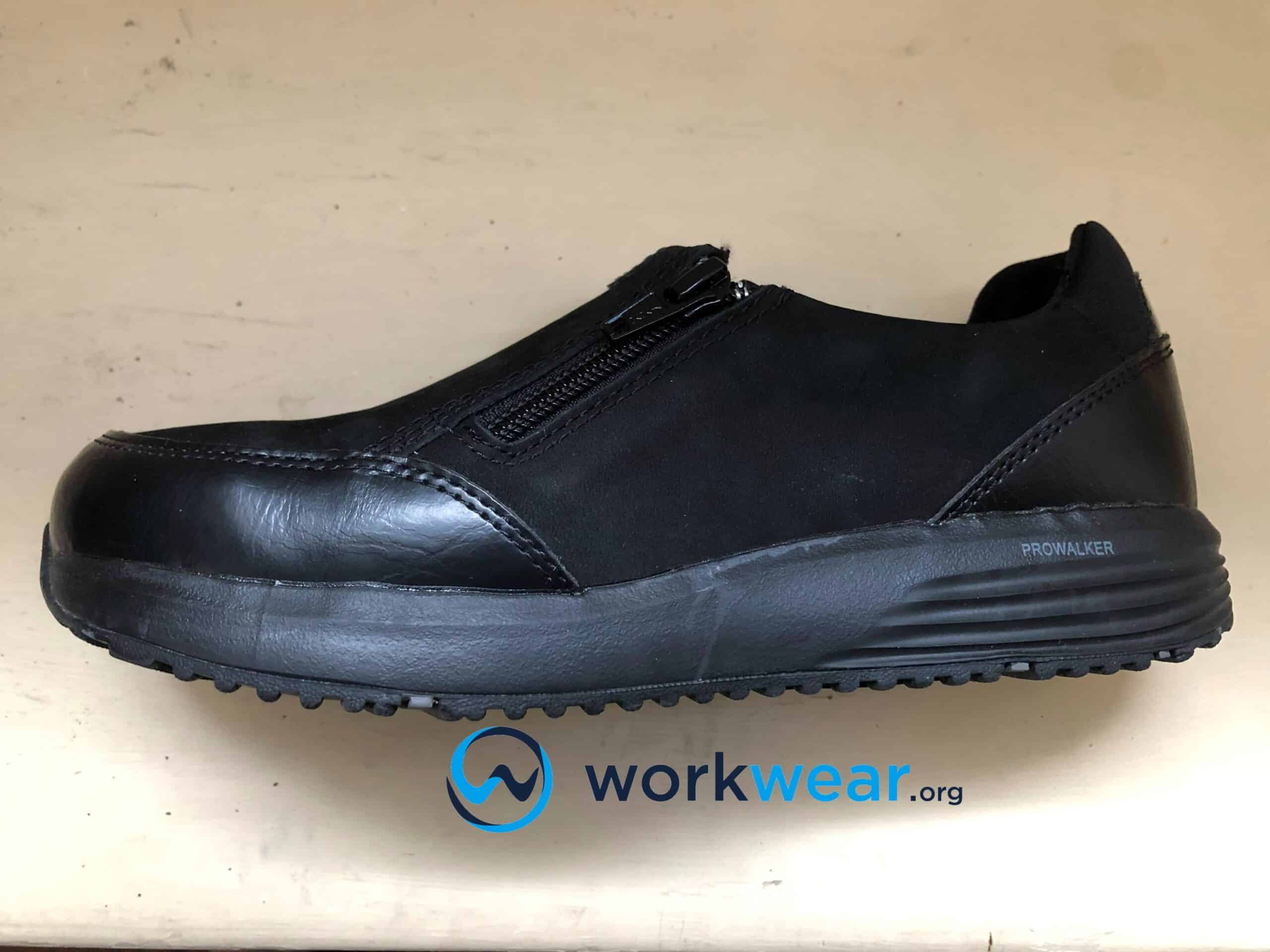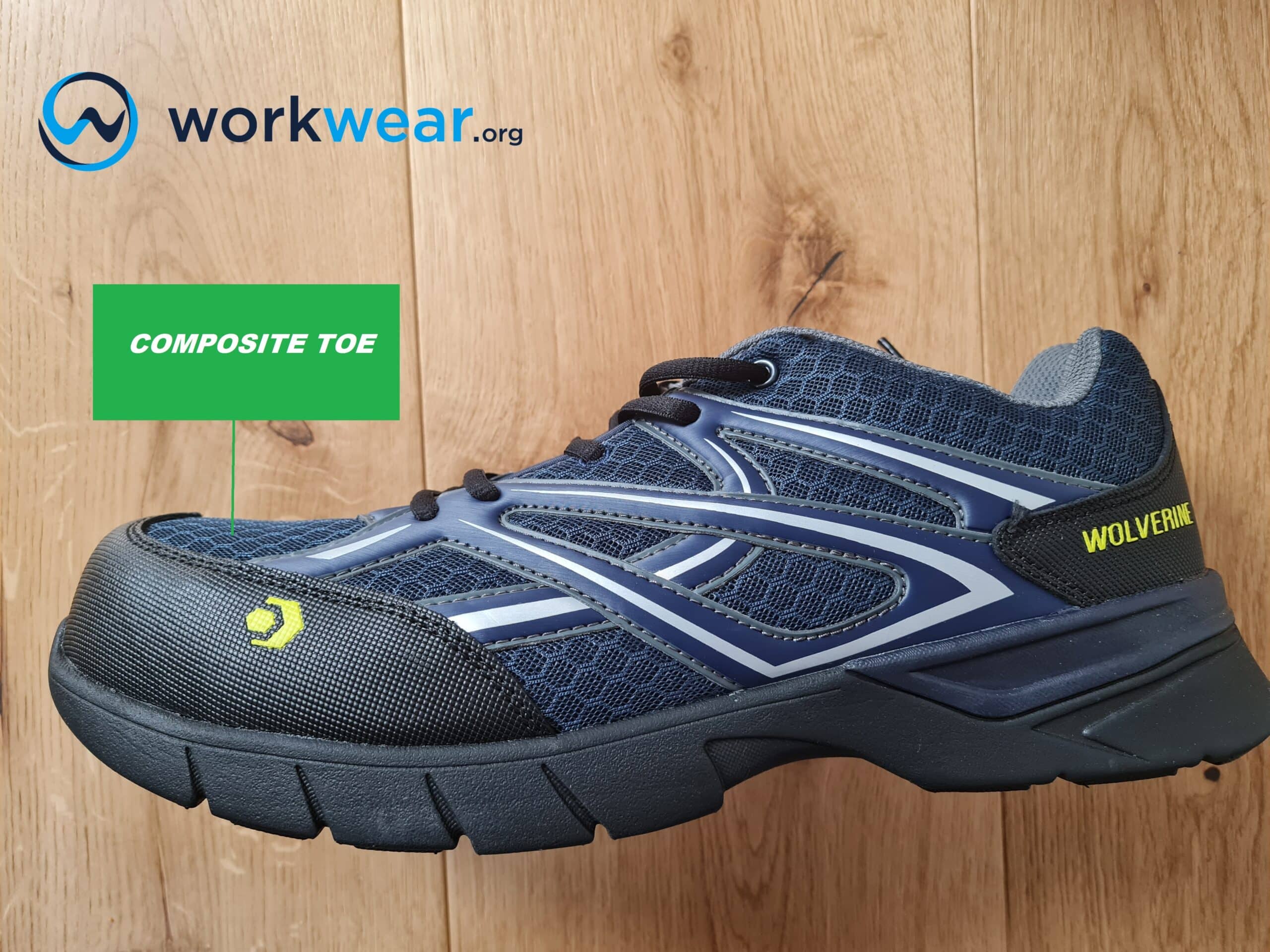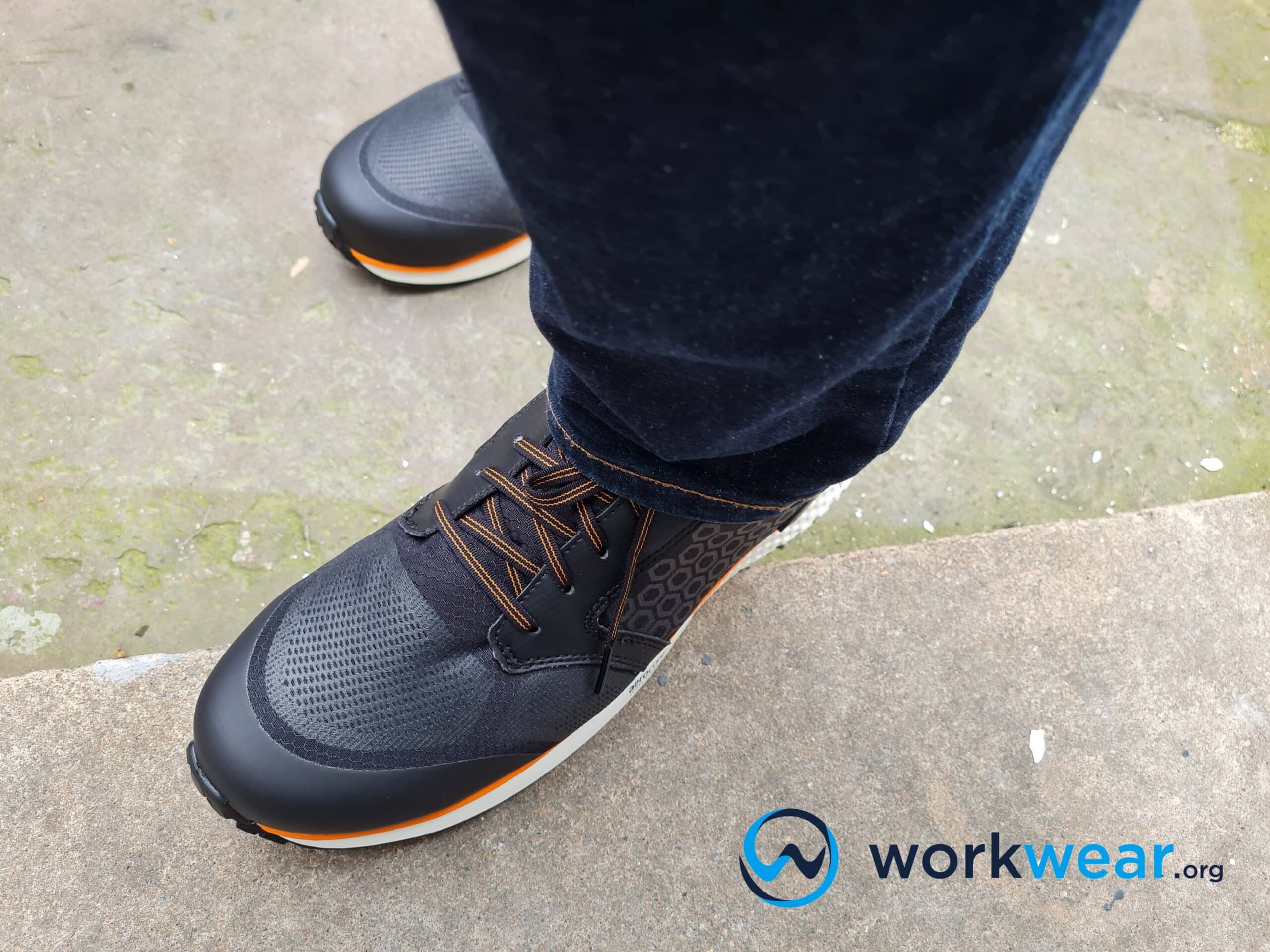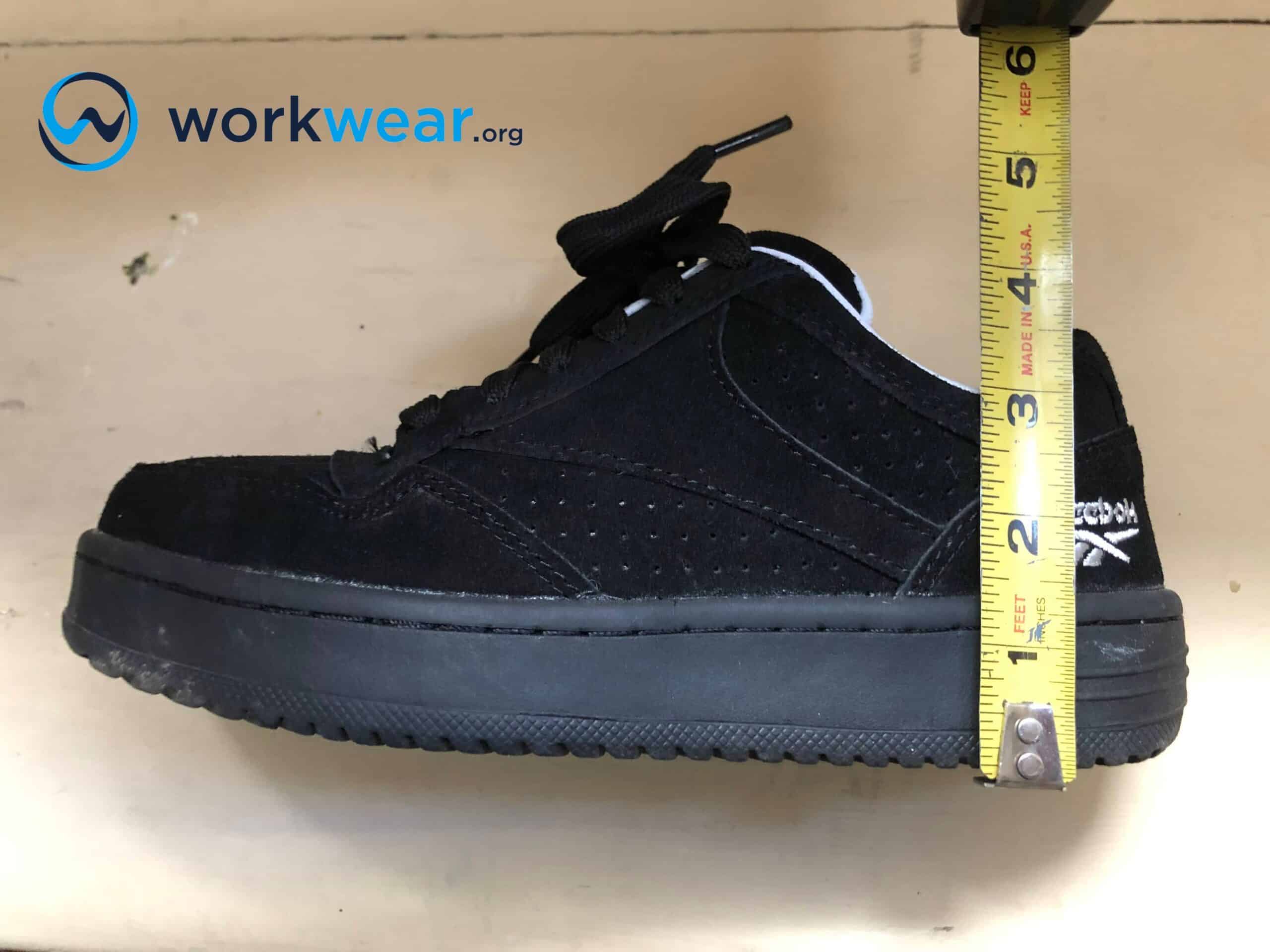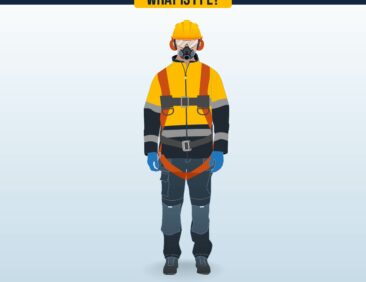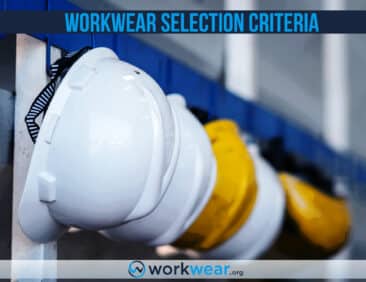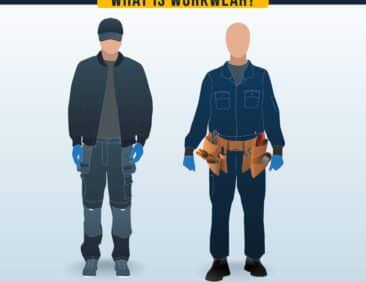Safety Toe and Steel Toe Work Shoes: Is There a Difference?
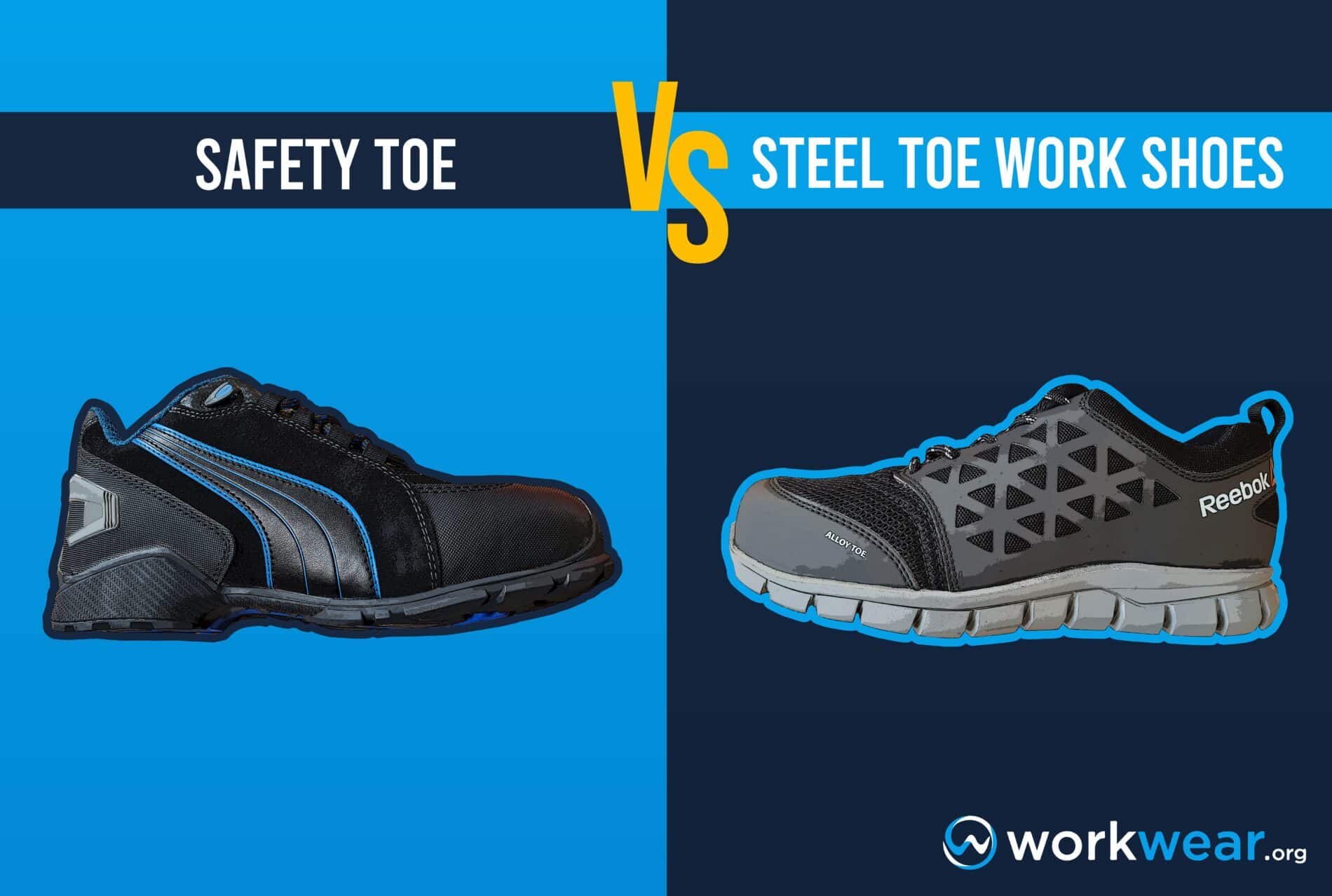
Many people wonder if steel-toe work shoes and boots differ from safety-toe shoes and boots. Although they have different names, they are essentially the same thing because they aim to protect the toe region of the foot. Think of it as two people who may have different personalities or appearances but are still human beings at their core. In this article, I will explore in detail the similarities and differences between safety-toe and steel-toe work shoes and boots.
Protection and Standards
Now, when it comes to protection, some standards govern this. The Occupational Safety and Health Administration (OSHA) has personal protective equipment standards, also known as regulations, that must be met. It even has a specific standard covering the requirements for protective footwear. The thing is, the standard doesn’t say much. Instead, it points to consensus standards, such as the American National Standards Institute (ANSI) or the American Society for Testing and Materials (ASTM), which have requirements for the performance and testing of foot protection. This is the case for many types of personal protective equipment.
Any safety toe shoe must meet one of the listed consensus standards or a recent version. The OSHA standard also allows for other methods as long as they can be shown to be at least as protective as the standards incorporated by reference.
The overarching theme here is that the safety toe shoes, whatever they’re made of, must meet a minimum protection standard. So, in that regard, all safety-toe shoes are the same. The typical safety toe shoes will be steel, composite material, or alloys.
Differences in Safety Toes
Where safety toe shoes will differ is in their properties outside of the minimum safety requirements. And I want to be clear here. If you have a safety toe shoe that meets the electrical hazard rating requirements, it meets that whether it’s steel toe, composite, or some other alloy or material. That means the shoe must be constructed to protect the wearer from that specific hazard. But, you may wonder, how can that be with conductive metals? For example, have you ever seen a steel-toe shoe with the steel-toe cap exposed? If you did, that could be a problem in electrically dangerous situations. But, when it is constructed correctly and is not damaged, the boot material surrounds the toe cap. Further, the shoe’s sole is also made of materials that protect against stepping on potentially electrically dangerous materials.
Steel Toes
That said, steel and other metal alloys are more conductive to heat and electricity than non-metallic composite materials. So, they can be more attractive to professions that work with electricity, such as electricians. Furthermore, due to their conductive properties, steel and metal alloys may not be the best choices if you work in cold environments. While not typically too noticeable, steel-toe safety shoes are heavier for the same material amount as other safety toes.
Steel toe safety shoes shine because they offer a high level of overall impact and compression protection.
There is a good reason so many things (i.e. buildings, appliances, tools, certain vehicles) are made from steel. You may also have some reusability in them if a significant impact or compression occurs. Good steel is heat-treated to maintain significant elasticity instead of being rigid. Additionally, steel-toe safety shoes are often less expensive than the same shoe incorporating composite or alloy materials in the safety toe.
Composite Toes
Composite safety shoes are an alternative to steel-toe safety shoes. They don’t conduct heat and electricity, so they are often better suited for colder environments and electrical work.
They do meet the testing requirements for compression and impact. But that doesn’t mean they can take multiple licks and still be useful. Composite materials are more likely to crack and break when sufficiently stressed. So, if something happens, that probably is it for the boots. They also tend to be at least slightly lighter than their steel-toe counterparts.
Important Additional Shoe Selection Considerations
At this point, you may be wondering which type of safety toe shoe is best for you. As is usually the case, that depends on the specific hazards of your workplace. Steel toe is a good fit if you only require sturdy safety toe boots that will last a while. On the other hand, if you need added protection from the elements or electricity, composite toes can be a better fit. You may have heard that steel-toe shoes can cut off your toes. That’s pretty unlikely. But the thing you need to consider is this. No safety toe is invulnerable. They can take a significant amount of force but have a limit. When that limit is exceeded, your toes can get injured. The injury may be serious or worse.
It’s been my understanding from talking to medical workers, and some of my interest in looking into things, that sufficiently crushed toes need to be amputated. That means crushing your toes from an impact can result in losing them, whether the safety toe directly did it or not. Need some proof? Here is a link to an OSHA injury where falling material crushed an employee’s toes. This ultimately resulted in the loss of the crushed toes. So, you have less to worry about concerning a steel safety toe cap cutting off your toes in a bad accident as much as your toes getting crushed and losing them anyway. I hope that such an injury event highlights at least two things. One, personal protective equipment has limits. Two, it’s worthwhile to use higher-level controls than PPE (like protective footwear) such that you are unlikely to be exposed to a toe-crushing injury in the first place.
While it’s important to have the right safety toe for the right job, and they need to meet the OSHA-referenced consensus standards, you need to consider comfort too seriously.
Think about it. You’ll be wearing these shoes for eight or more hours a day. They all need to meet the same standards related to workplace hazard exposures. But if they aren’t comfortable, they can cause problems. This can include possible trips from missteps or injuries from blisters. So, give a lot of consideration to making sure you have protective footwear that you can effectively and comfortably work in.
Conclusion & Key Takeaways
Safety toe shoes can be considered a foundational level of protection in the workplace. There’s a lot to consider in ensuring you get what you need from such an important item of personal protective equipment. So, let’s look at some key items you should take away from this article:
- Regardless of the material, every safety toe shoe must meet the same general foot protection standards.
- The main types of materials safety toe shoes are made of are steel, non-metal composite materials, and other metal alloys.
- Steel and metal alloys tend to conduct heat and electricity, so consider this for cold weather and significant electrical hazards.
- Composite materials are better for such conditions.
- Steel is heavier than other materials but offers high impact and compression hazard protection.
- Steel safety toe is often cheaper for the same type of boot made of other materials.
- Steel and metal alloys may have higher repeat impact use over composite materials due to overall durability and are unlikely to crack.
- Regardless of the material, make sure to get a shoe that is comfortable for you to wear for the long haul.
- Remember to incorporate higher-level controls to prevent relying solely on personal protective equipment, the last line of defense.
